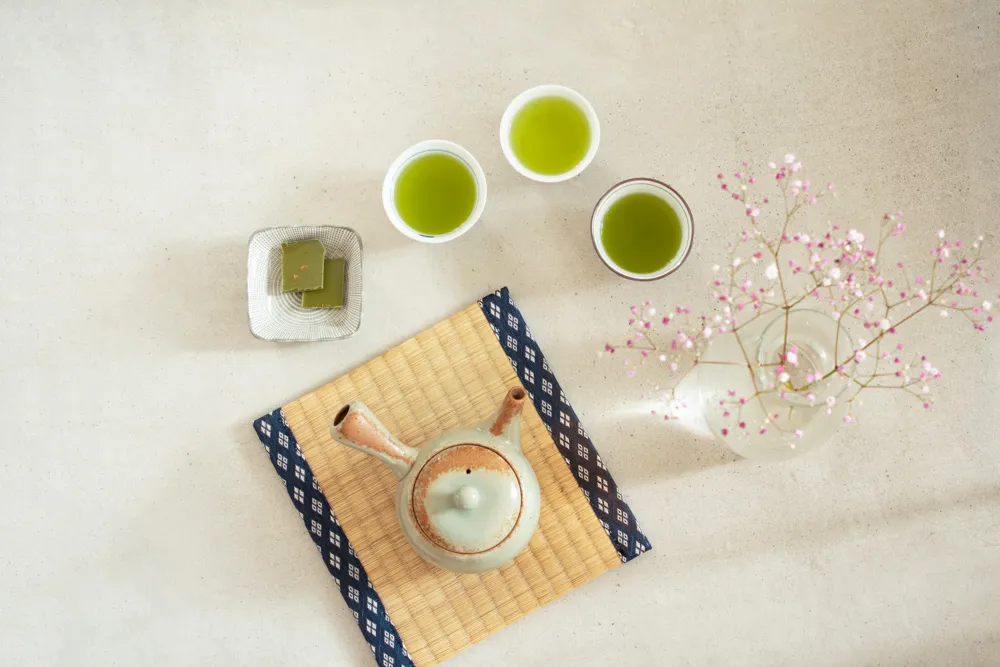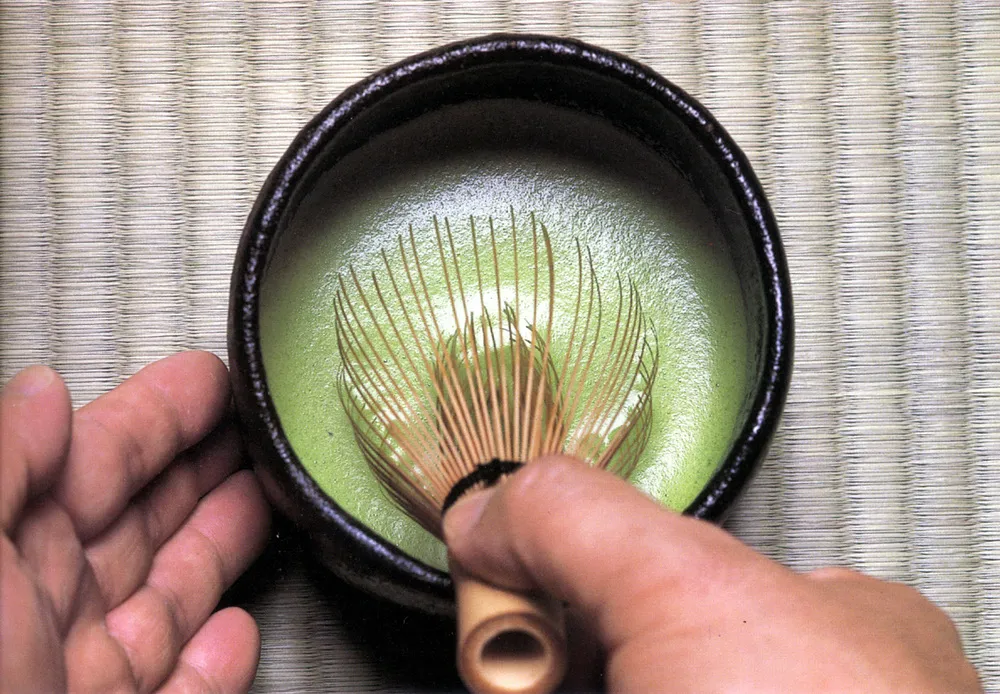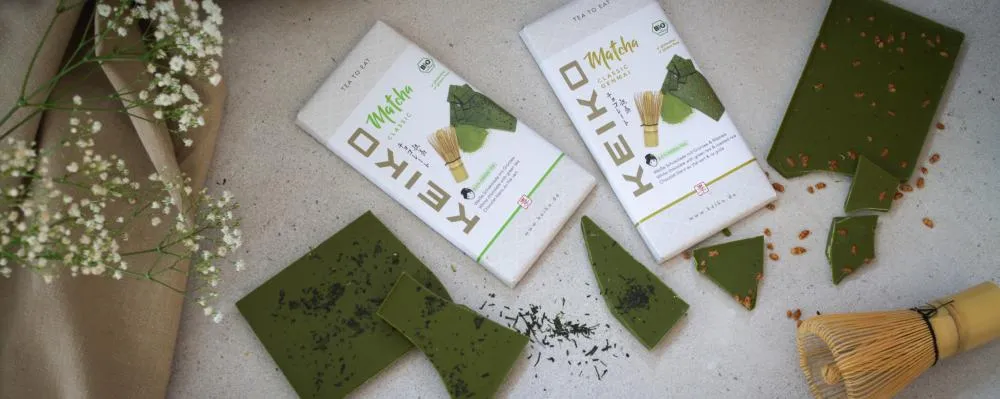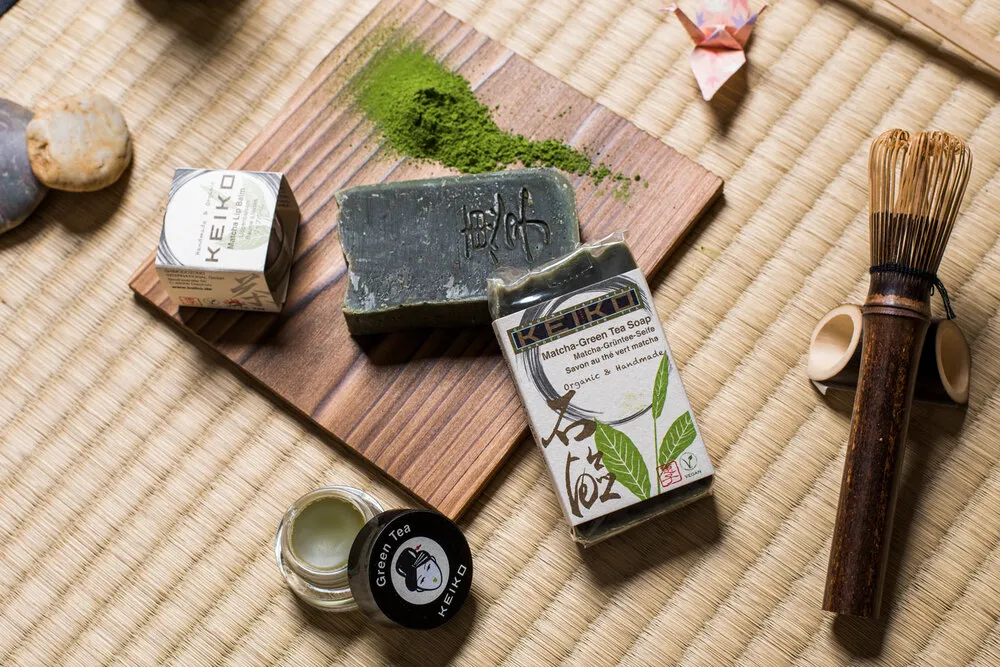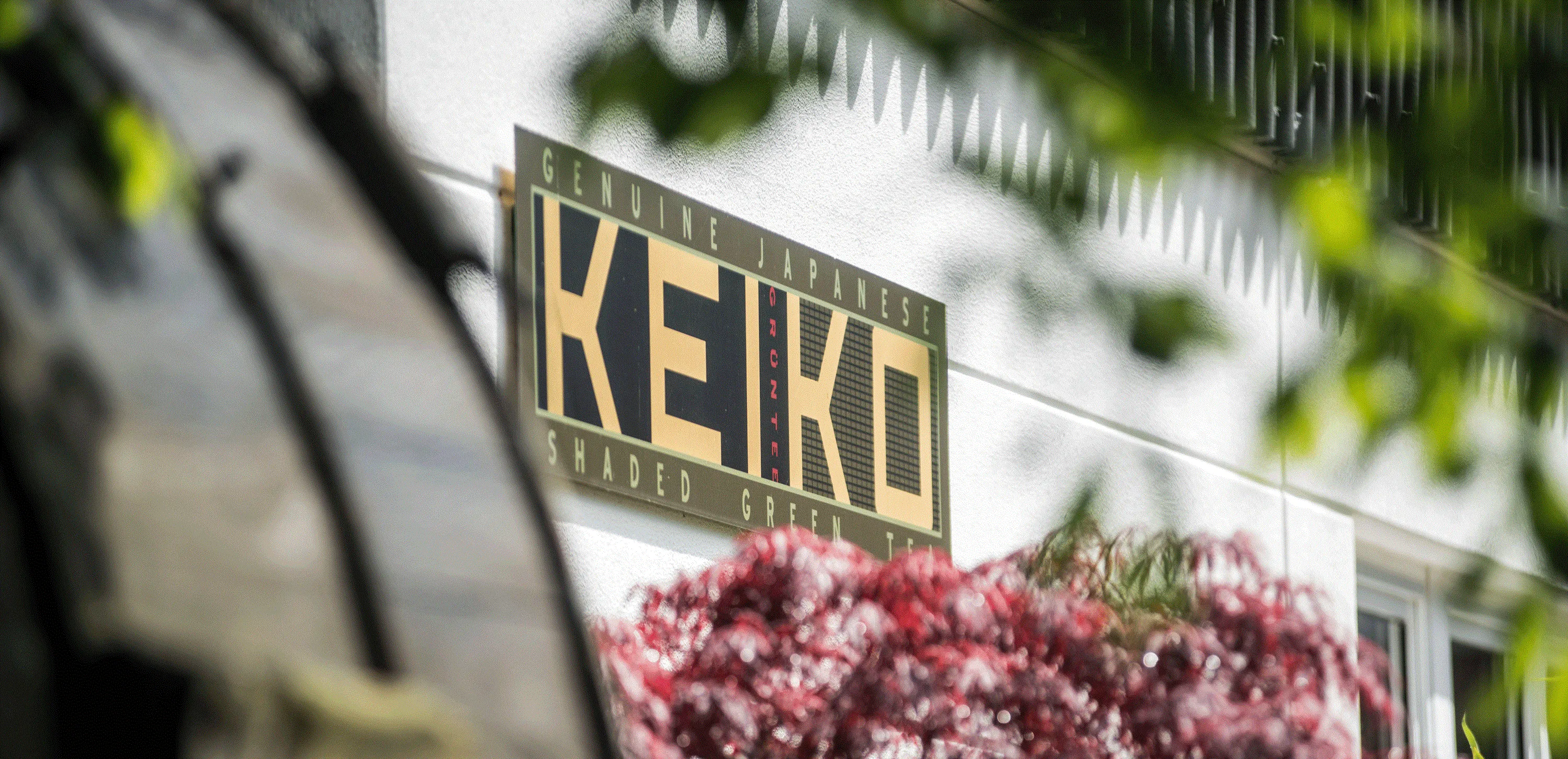Caffeine
While the caffeine contained in coffee affects us quickly and often causes a racing heart or nervousness, the caffeine in green tea has a slower but more lasting effect. This is because the active ingredient in tea is bound to the tannins and is only absorbed in the intestine instead of in the stomach, as is the case with coffee. Due to these differences in effect, a distinction used to be made between theine and caffeine, but it has since been established that they are actually the same active ingredient.
When analysing the KEKO teas for caffeine content, it was noticed that the caffeine content varied greatly depending on the time of picking. The highest caffeine content is found in teas from the 2nd plucking, such as Kabuse No.2 and Benifuuki No.2, after which the content drops again, so that teas from the autumn plucking are comparatively low in caffeine (see graph). In addition to Aki Benifuuki and Aki Bancha, the ginger lemon Bancha tea also contains tea from the autumn plucking and is correspondingly low in caffeine.

In addition to the time of plucking, the processing and variety of tea is also relevant for the caffeine content. Kukicha, the stem tea with only a small amount of leaf tissue, contains only a small amount of caffeine (similar content to Aki Benifuuki).
You can influence the caffeine level of the tea yourself by the way you prepare it. You can consume a particularly high amount of caffeine with matcha or kabuse powder, as the entire leaf is consumed in high concentration. The following applies to leaf tea: the lower the temperature and the shorter the brewing time, the lower the caffeine level in the infusion.

